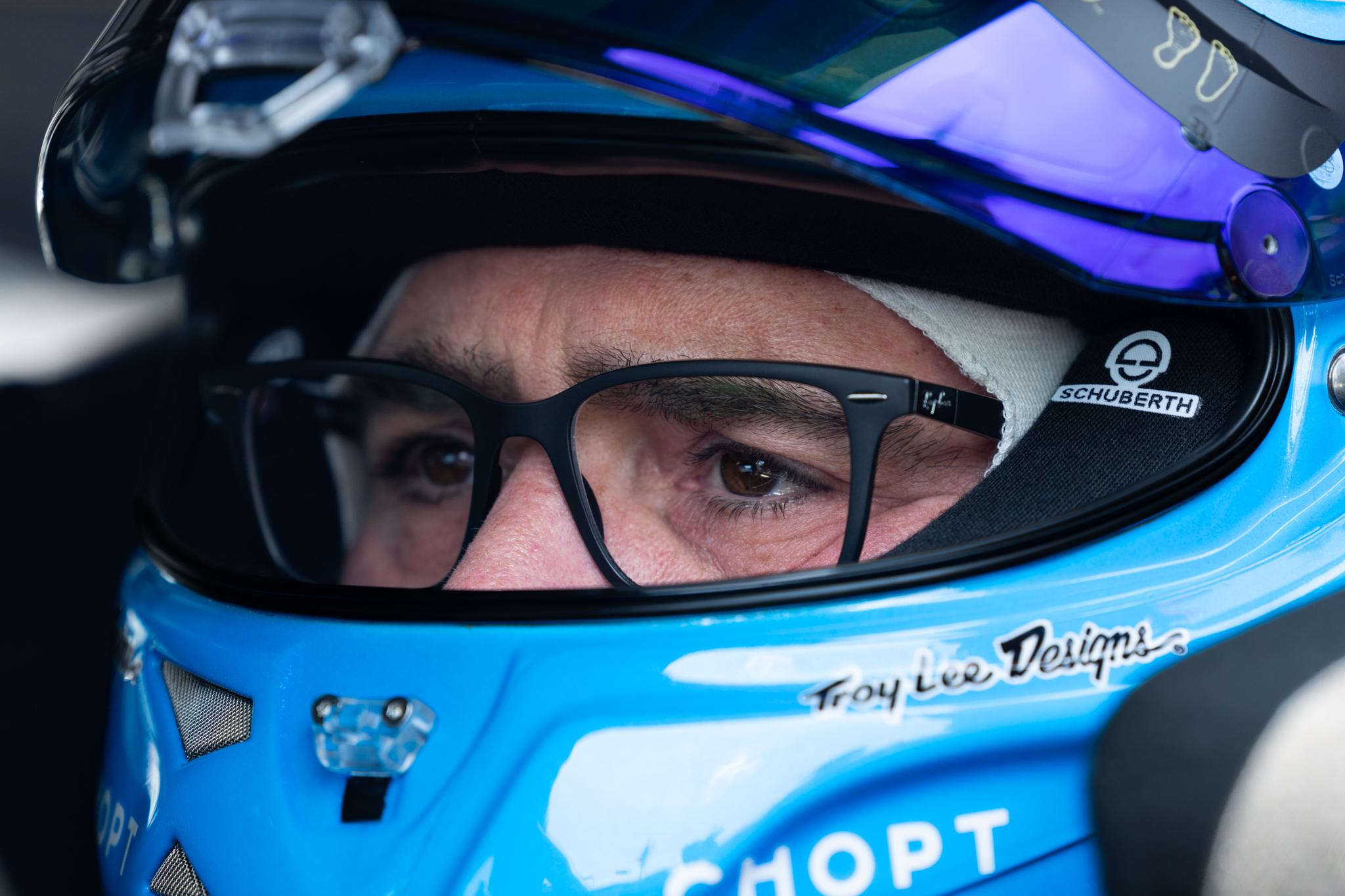Is NASCAR Bigger Than NFL? Analyzing America’s Sports Giants


Comparing the size and influence of NASCAR with the NFL involves looking at various factors, including revenue, viewership, and cultural impact. The NFL has long been a dominant force in American sports, attracting millions of viewers each week during its season and generating significant revenue for its teams through various channels, including broadcasting rights, merchandise, and ticket sales.
On the other hand, NASCAR has a strong following, with dedicated fans who regularly attend races and follow their favorite drivers. However, it does not match the NFL in terms of overall revenue and viewership numbers. The NFL’s structure allows each team to share national revenue, which considerably exceeds the total revenue sharing in NASCAR, where only broadcasting rights are part of the revenue sharing formula. While NASCAR continues to innovate and grow its fanbase, especially among younger audiences, it still has ground to cover to rival the NFL’s widespread appeal and financial success.
Table of Contents
Comparative Popularity
This section examines how NASCAR and the NFL stack up in terms of viewership, social media reach, and attendance numbers, providing a snapshot of their relative standings in the sports entertainment industry.
Viewership
NASCAR and the NFL offer distinct experiences to televised sports audiences. NFL games, on average, attract more viewers on television compared to NASCAR events. The NFL basks in the glow of high television ratings, notably with marquee events such as the Super Bowl, which consistently ranks as one of the most-watched broadcasts in the United States. During the regular season, Nielsen ratings reflect a substantial weekly viewership that significantly eclipses NASCAR’s numbers. In the 2023 season, NFL broadcasts averaged between 2.56 million and 2.93 million viewers per week, far outpacing NASCAR Cup Series events.
Social Media Presence
The NFL’s presence on platforms like Twitter, Facebook, and Instagram illustrates a vast and engaged fan base. Posts related to the NFL, including highlights and league announcements, frequently garner thousands of interactions, underscoring the league’s dominant social media imprint. The NFL Network and individual teams contribute to a continual stream of content. NASCAR, while having a dedicated community, typically sees a lower engagement rate on their posts compared to the NFL, indicating a smaller social media footprint.
Attendance Figures
When it comes to live-event attendance, the NFL often reports sold-out stadiums with capacities ranging from 60,000 to over 100,000 fans, depending on the venue. NASCAR also touts significant attendance numbers, with iconic races such as the Daytona 500 drawing large crowds. However, NASCAR tracks are much larger, and as a result, even with considerable attendance numbers, they do not always reach full capacity, leading to a varied representation of audience size.
Economic Impact
In assessing the economic impact of NASCAR in comparison to the NFL, revenue streams and brand partnerships stand out as key areas for evaluation, considering both national revenue sharing and the effect of sponsorships on teams and individual players or drivers.
Revenue Generation
The financial inputs of both the NFL and NASCAR are substantial but operate differently. The NFL generates income from a myriad of sources such as ticket sales, TV contracts, merchandising, and licensing agreements. Each NFL team was allocated $226.4 million in national revenue sharing in a recent season, amounting to a collective $7.2 billion across the league. Meanwhile, NASCAR‘s revenue is heavily dependent on broadcasting rights, with revenue sharing formulae being split among tracks (65%), racing teams (25%), and NASCAR itself (10%).
Sponsorship and Endorsements
Sponsorship and endorsement deals are vital components for both NASCAR and the NFL, with each industry attracting substantial brand investments. The NFL’s athletes often secure profitable endorsements, increasing individual incomes significantly beyond their contractual salaries. In contrast, NASCAR’s teams and drivers rely heavily on sponsorships, which historically have reached upwards of $20 million for top drivers or teams. Sponsorship dynamics have evolved with economic cycles, sponsor objectives, and audience reach. While Fortune 500 company involvement in NASCAR has fluctuated, the importance of these partnerships remains a consistent element of the sport’s financial structure.
- NFL: Diverse endorsement opportunities for players enhancing salary earning
- NASCAR: Strong dependency on sponsorships, crucial for teams’ financial stability
Cultural and Media Influence
In the American sports industry, the NFL and NASCAR command significant viewership and have distinct cultural impacts. Their influence unfolds through broadcasting partnerships and celebrity affiliations.
Broadcast Partnerships
The NFL benefits from strong broadcast partnerships with major networks such as NBC, ESPN, FOX, and CBS. These relationships amplify the league’s reach, with “Sunday Night Football” leading as a prime-time viewership juggernaut. The NFL consistently secures high audience numbers each week, showcasing a broad appeal across American households.
In contrast, NASCAR’s relationship with media is anchored through dedicated coverage of its top-tier racing series including the NASCAR Cup Series, Xfinity Series, and Camping World Truck Series. The sport’s broadcast agreements with networks like NBC and FOX allow a seasonal rhythm of racing events to reach enthusiasts and casual viewers alike. NASCAR’s media rights also contribute significantly to its revenue, though it attracts a smaller broadcast audience compared to the NFL.
Celebrity and Media
NASCAR has seen an infusion of celebrity interest that has raised its profile. Notable figures like PitBull and Michael Jordan have moved into ownership roles. Jordan co-founded 23XI Racing alongside NASCAR driver Denny Hamlin, with Bubba Wallace driving, illustrating NASCAR’s broadening appeal.
While NASCAR drivers such as Jeff Gordon and Jimmie Johnson have made cultural imprints, NFL players generally achieve greater media prominence. The NFL’s roster of athletes often enjoys higher visibility through media engagements, endorsements, and a larger social media following, benefitting from the league’s position in American sports culture. This media presence reinforces the NFL’s cultural dominance, despite NASCAR’s efforts to grow its cultural and celebrity connections.
Event Significance and Seasonal Dynamics
When analyzing the event significance and seasonal dynamics of NASCAR and the NFL, the focus is on their major events, championships, and their distinct seasonal structures.
Major Events and Championships
The NFL culminates its season with the Super Bowl, a singular championship game that stands as one of the most significant events in American sports culture. In contrast, NASCAR features several key races throughout its season, with the Daytona 500 often heralded as the most prestigious event akin to the Super Bowl due to its history and high stakes.
NASCAR’s Cup Series, formerly known as the Monster Energy NASCAR Cup Series, hosts its championship across multiple races. The playoffs format leads up to the final race, determining the season’s champion. Unlike the NFL’s one-game Super Bowl, NASCAR’s championship is decided over the course of the last 10 races in the NASCAR Cup Series.
Seasonal Structure
The seasonal structures of both the NFL and NASCAR are distinctive. The NFL has a regular season that runs from September to January, followed by playoffs culminating in the Super Bowl in February. NFL teams play a predetermined schedule leading directly to the postseason.
NASCAR’s Series, including the Xfinity Series and the Camping World Truck Series, have a more complex seasonal structure. These series feature a season-long accumulation of points with races nearly every weekend from February to November. The NASCAR Cup Series, as the premier racing series, has a playoff system but the season is comprised of a consistently high volume of races compared to the NFL’s weekly game structure. Every race carries significant implications for the championship outcome.
Global Reach and Expansion
The NFL and NASCAR both strive to capture the attention of audiences beyond the borders of the United States. While the NFL has formidable presence, NASCAR is also making strategic moves to appeal to an international audience.
International Audience
The National Football League (NFL), although predominantly followed within the United States, has been successful in gaining interest from fans internationally. Regular season games have been played in London and Mexico City, tapping into the existing American football fan bases in Europe and Latin America. The NFL’s strategy to host games outside the US has proven effective for expanding its global reach. In contrast, the National Association for Stock Car Auto Racing (NASCAR) has historically had a more American-centric audience. However, NASCAR has recognized the potential for international growth and has taken steps to broaden its appeal. The NASCAR Whelen Euro Series, established in 2009, is one example of NASCAR’s efforts to connect with fans across the Atlantic.
Emerging Markets
Both the NFL and NASCAR view Canada and Mexico as emerging markets with considerable potential for fan base growth. The NFL’s regular season games in Mexico and Canada have drawn significant crowds, indicating a clear interest in American football in these regions. NASCAR, on the other hand, is working to grow its presence in these countries, leveraging the passion for motorsports that exists there. Media coverage and the popularity of NASCAR drivers play a pivotal role in expanding NASCAR’s international audience. Social media and broadcasting rights, particularly in emerging markets, are critical tools for these sports organizations as they aim to engage with new fans across the globe. This strategy not only brings the spectacle of races and games to new viewers but also introduces new cultural elements into NASCAR and the NFL, enriching the experience for fans and drivers alike.
Technological Advancements and Viewing Experience
The National Football League (NFL) and NASCAR have both adopted technology to enhance the fan experience. NFL broadcasts utilize multiple high-definition cameras and state-of-the-art graphics to bring fans closer to the action. Innovations in camera technology allow viewers to see every detail of the game. In addition, the NFL has partnered with streaming platforms like Amazon Prime, offering alternative broadcasting options beyond traditional cable channels.
In comparison, NASCAR has also embraced technology to enrich viewing experiences. Advances include high-definition screens at tracks, which offer better engagement with pre-race activities and coverage of the races themselves. Streaming platforms are increasingly vital for NASCAR races, allowing fans to watch from mobile devices and enjoy additional camera angles, such as those capturing pit road intricacies.
Both leagues strive to keep fans invested with innovations in how the sport is viewed. TV ratings often reflect the success of these advancements; the more accessible and engaging the viewing experience, the more likely fans are to tune in. However, NASCAR faces challenges in attracting viewers comparable to those of the NFL, which continues to dominate television ratings. Both the NFL and NASCAR constantly evolve their technological offerings to retain and grow their fan bases.










